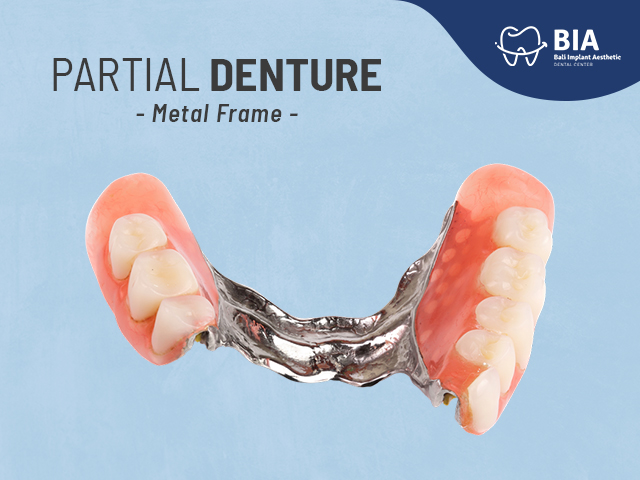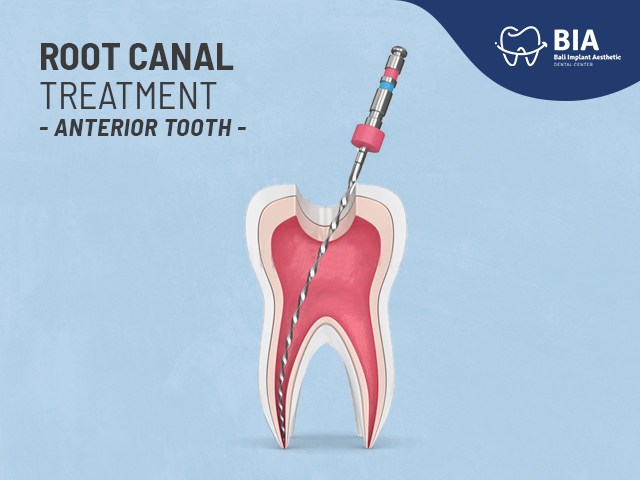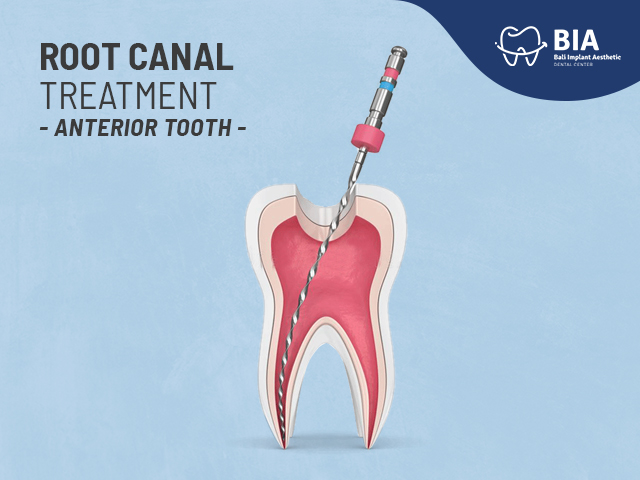Advancements in Veneer Preparation: A Conservative Approach to Aesthetic Dentistry
Article | 2024-09-12 10:48:50
Home » Articles » Advancements in Veneer Preparation: A Conservative Approach to Aesthetic Dentistry
Advancements in Veneer Preparation: A Conservative Approach to Aesthetic Dentistry
Veneers have become a popular aesthetic treatment for patients seeking to improve the appearance of their smiles. While traditional veneer preparation techniques often involved significant tooth reduction, recent advancements in dental technology and materials have enabled more conservative approaches. This review explores contemporary veneer preparation methods, focusing on techniques that minimize tooth substance removal while achieving optimal aesthetic outcomes.
Veneers are thin, custom-made shells that are bonded to the front surfaces of teeth to improve their appearance. They are often used to correct a variety of aesthetic concerns, including discoloration, chipped or cracked teeth, gaps between teeth, and misalignment. Traditionally, veneer preparation involved significant tooth reduction to create a space for the veneer to bond securely. However, this invasive approach can lead to tooth sensitivity and irreversibility. In recent years, advancements in dental technology and materials have enabled more conservative veneer preparation techniques, preserving tooth structure and minimizing patient discomfort.
Historically, veneer preparation involved removing a significant amount of tooth enamel to create a flat surface for the veneer to bond to. This reduction was often necessary to ensure adequate thickness for the veneer and to prevent the edges from showing. While traditional preparation methods can achieve impressive aesthetic results, they carry the risk of tooth sensitivity, hypersensitivity, and potential for irreversible tooth damage.
Contemporary Veneer Preparation Techniques
Minimally Invasive Veneers:
No-Prep Veneers: These veneers are applied directly to the teeth without any tooth reduction. They are typically made of composite materials and are bonded to the teeth using a special adhesive. While no-prep veneers offer a highly conservative approach, they may not be suitable for all patients, especially those with significant aesthetic concerns or underlying dental issues.
Ultra-Thin Veneers: These veneers are prepared with a minimal amount of tooth reduction, preserving as much natural tooth structure as possible. They are often made of porcelain or composite materials and are bonded to the teeth using a strong adhesive.
Computer-Aided Design/Computer-Aided Manufacturing (CAD/CAM) Veneers:
CAD/CAM technology allows for highly accurate and predictable veneer preparation. Digital impressions are taken of the teeth, and a digital model is created. This model is used to design and fabricate the veneers, ensuring a precise fit and minimizing the need for excessive tooth reduction.
Bonding Agents:
Advancements in bonding agents have contributed to the development of more conservative veneer preparation techniques. Modern bonding agents are stronger and more durable, allowing for thinner veneers and less tooth reduction.
Benefits of Conservative Veneer Preparation
Preservation of Tooth Structure: Conservative veneer preparation techniques minimize the amount of tooth substance removed, preserving natural tooth structure and reducing the risk of tooth sensitivity and hypersensitivity.
Reduced Patient Discomfort: Less invasive preparation techniques often result in less discomfort for patients, especially during the preparation process and in the immediate post-treatment period.
Improved Aesthetic Outcomes: With advancements in dental materials and techniques, conservative veneers can still achieve impressive aesthetic results, often indistinguishable from traditional veneers.
Conclusion
In conclusion, contemporary veneer preparation techniques offer a more conservative approach to aesthetic dentistry. By minimizing tooth reduction and utilizing advanced dental technology, dentists can now achieve beautiful smiles while preserving tooth structure and patient comfort. Patients considering veneers should consult with a qualified dentist to discuss the available options and determine the most appropriate technique for their individual needs and goals.
References
American Academy of Cosmetic Dentistry (AACD). (2023). Veneers. Retrieved from https://aacd.com/
American Dental Association (ADA). (2023). Veneers. Retrieved from https://www.mouthhealthy.org/all-topics-a-z/veneers
—----------------------------------------------------------------------------------------------------------------------------
BIA Dental Center is renowned for its exceptional patient care and comprehensive dentistry services, from general dentistry to advanced dental implants and full mouth rehabilitation. Our highly skilled team offers personalized treatment plans in a serene environment, using advanced technology to ensure optimal outcomes. We provide a unique experience combining hospitality and professionalism, making us a top destination for high-quality, affordable dental care in Bali. Whether it's dental crowns, implants, or smile makeovers, we are dedicated to enhancing your oral health and well-being.
"One Stop Dental Solution for your teeth"
Our services: BIA X-RAY, BIA FARMA, BIA LAB and BIA Anestesi
Contact Information: BIA (Bali Implant Aesthetic) Dental Center Jl. Sunset Road No.168, Seminyak, Badung, Bali Indonesia 80361 +6282139396161




